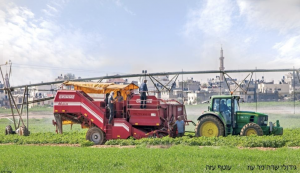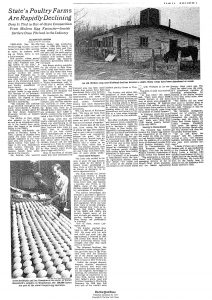What Became of the Colonies?
Describing the fate of Jewish colonies on four continents cannot be done in broad strokes. Rather, just as in life, the end of these colonies depended on their location and circumstances, much of which was beyond the control of the colonists or the organizations that supported them.
Click on the image below to view an article in the New York Times from 1975 describing the decline of Jewish poultry farming in southern New Jersey as a result of cooperate competition.
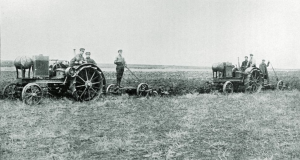
Jewish colonists in southern Ukraine, with instructors from Agro-Joint, circa 1925
Credit: American Jewish Joint Distribution Committee Archive
Eastern Europe
Nazi armies and their local collaborators destroyed nearly all of the Jewish colonies and murdered most of the colonists in Romania and in the European regions of the Soviet Union between 1939 – 1943. The colonists who survived German occupation by evacuation to the eastern regions of the USSR or survived their wartime service in the Red Army, either chose not to return to the sites of the former colonies, now inhabited by non-Jews, or were prevented from doing so by local authorities. Today, memorials to hundreds of thousands of murdered Jewish colonists pepper the post-Soviet countryside while memory of the thriving agricultural past fades.
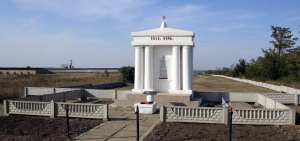
Soviet memorial where Nazi forces murdered 1,875 Jewish colonists, September 1941. Sde Menucha Ketanah (Kalininskoe) Colony, Ukraine, photographed in 2019
In the Americas
Jewish farming life experienced economic and social ups and downs during the 1930s and until the Second World War in North and South America. Like in every other location where organized Jewish agriculture took root, eight to nine percent of all Jews actively farmed the land between the 1890s until the early 1950s in the Americas.
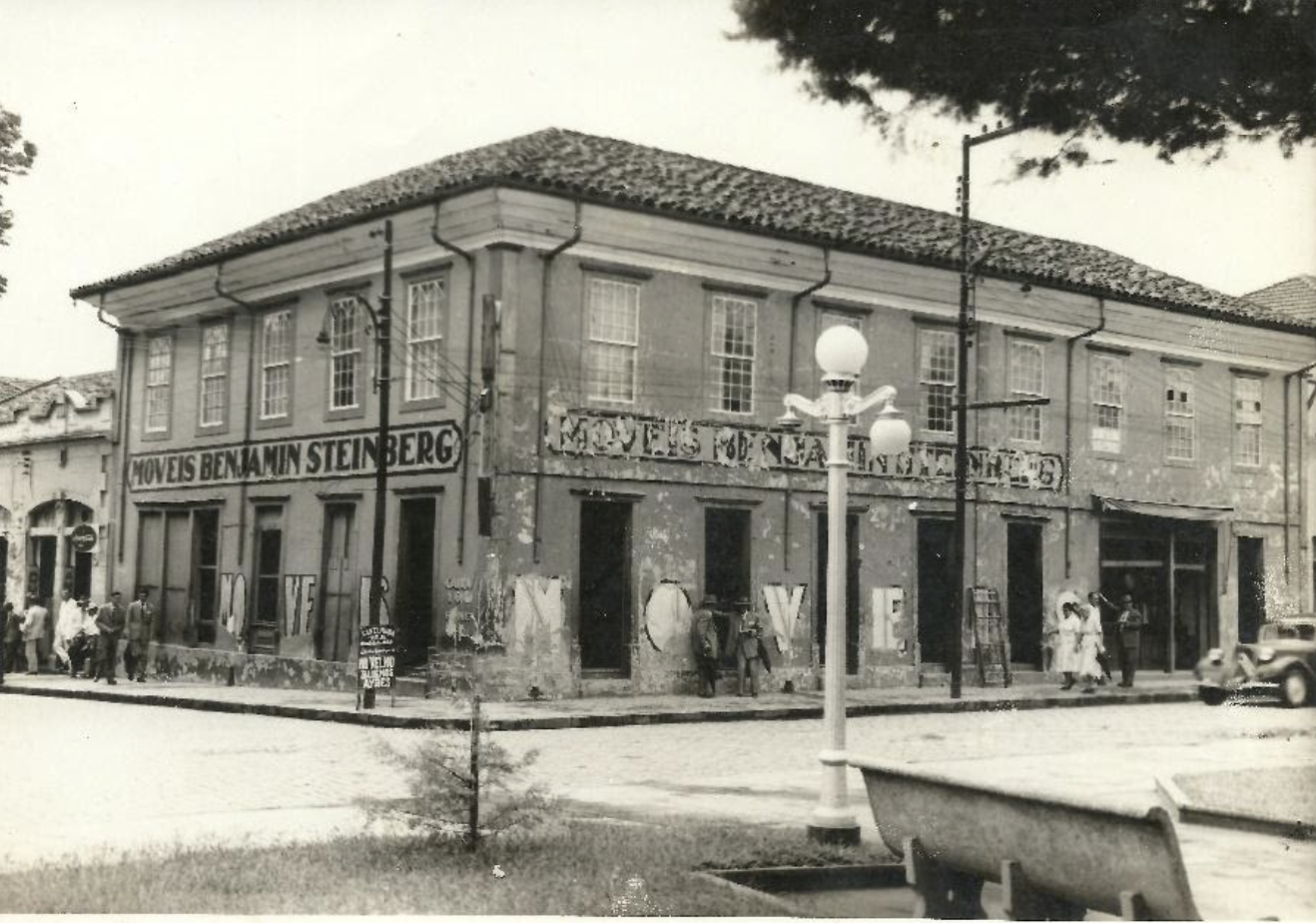
For a few years after the war, the Jewish Agricultural Society, the Jewish Colonization Society and other philanthropic organizations resettled thousands of Holocaust survivors who had emigrated to the United States, Canada, Argentina and Brazil. Starting in the 1950s, however, colonies throughout the Americas began to decline and eventually were mostly abandoned, with droves of young colonists leaving in pursuit of higher education or in search of other futures in urban spaces. Older colonists who chose to remain had to contend with tough competition from agri-businesses or leased their lands to non-Jews once their sons and daughters left the farms. By the late 1960s, the Jewish farming life was mostly a memory in the Americas, with old buildings and cemeteries as reminders of the colonies that once were.
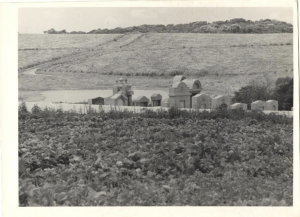
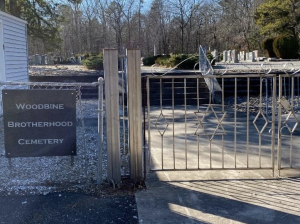
Left: Cemetery in Phillipson Colony, Brazil (after restoration)
Credit: Nahman Falbel
Right: One of two cemeteries established by colonists in Woodbine, NJ.
Credit: Gillian Kaye, 2021
Israel
Unlike other sites of Jewish farming, the agricultural sector in Israel has grown since the Second World War. Since Israeli independence in 1948, its hundreds of kibbutzim and moshavim have created and strengthened sophisticated farming operations.
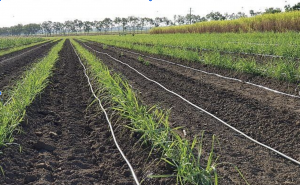
Israeli drip irrigation system in Australia.
Credit: Ndrip
Since then, Israeli agriculture – benefitting from close cooperation with research universities and private industry – has been among the world’s leaders in irrigation technology, new crop varieties and construction of high-tech field and packing machinery.
